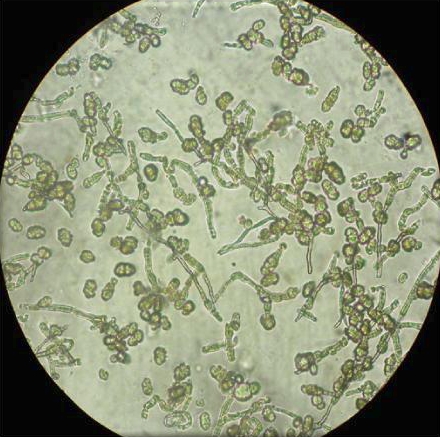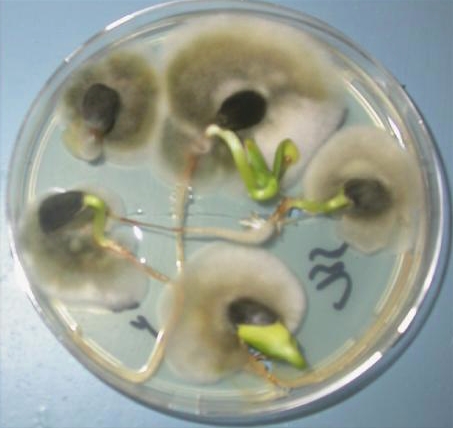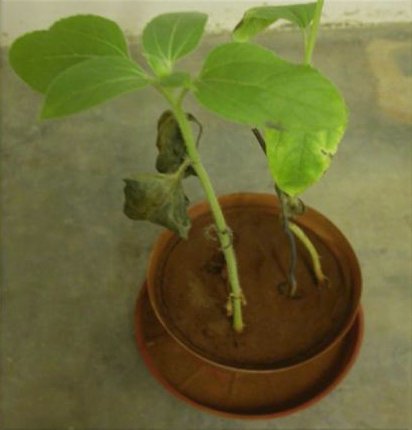Microbiology & Plant Pathology |
| Project Proposals for 2011 - Group Murray & Roberts | |
"Plant Health is Life – Too Hot To Handle?" |
|
|
Without healthy plants (including trees, agricultural crops, wild flowers etc.) life on earth would not be possible. However, just like humans, plants get diseased and die. Two of the most important threats to plant health is micro-organisms and insects. Plant pathology is the study of plant diseases and their causal agents, including biotic agents (fungi, bacteria, viruses etc.) and the abiotic (environmental factors) factors that influence these diseases. A plant pathologist aims to manipulate both the biotic and abiotic factors to ensure healthy plants and thus provide food, fibre and medicine for humans and animals. Plants are facing an increasing number of threats to their health. Climate change is a major concern globally and is resulting in increasing temperatures and changes of rainfall and will have a significant effect on plant health. Changes in temperature, relative humidity and rainfall will affect the nature of interactions between plants, insects and microbial pathogens and is likely to result in more and wider spread plant diseases. This has already been seen in, for example, Canada, where increased winter temperatures has resulted in a change in the numbers of bark beetles and their associated fungi on pine trees, resulting in the death of more than 15 million hectares of trees to data over the past ten years (Mountain Pine Beetle: A Climate Change Catastrophe - www.youtube.com). UP with Science Project 2011
|
|
   |
|
Participants
|
|
| Project Proposals for 2011 |
| |
|
| Helga Nordhoff | |
| Last updated: 1 February 2011 |